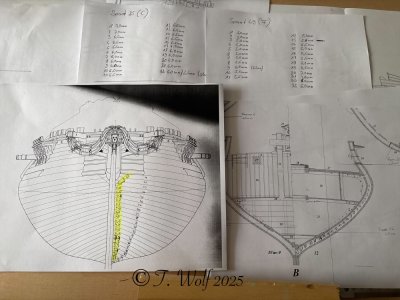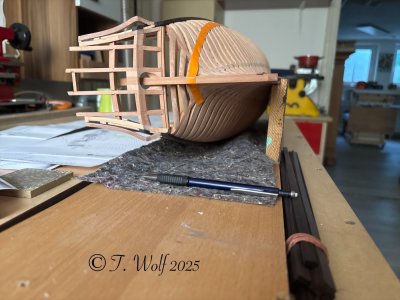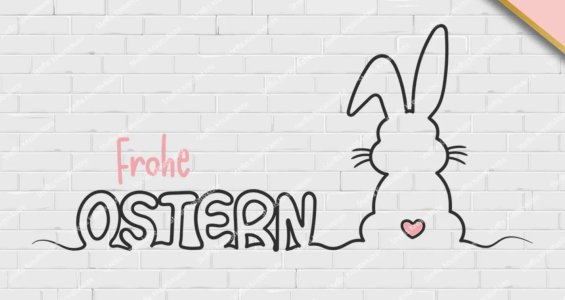-

Win a Free Custom Engraved Brass Coin!!!
As a way to introduce our brass coins to the community, we will raffle off a free coin during the month of August. Follow link ABOVE for instructions for entering.
You are using an out of date browser. It may not display this or other websites correctly.
You should upgrade or use an alternative browser.
You should upgrade or use an alternative browser.
POF La Palme (L'Amarante) Corvette 1744 1:36 (Ancre Monograph) by Tobias
Hi Tobias. Merry Christmas and a Happy New Year for you and your loved ones.
- Joined
- Oct 23, 2018
- Messages
- 860
- Points
- 403

Frohes neues Jahr Deiner Familie und dir, Tobias
Happy New Year to your family and you
Happy New Year to your family and you
- Joined
- Apr 20, 2020
- Messages
- 6,163
- Points
- 738

happy Easter to you my dear friend Tobias,
and to all my dear friends in this wonderful platform
Hello everyone.
Preparations for planking the hull have begun. While LR's hull was drying, I decided to continue working on La Palme and also prepare the planking of the hull. This time, I didn't make the same mistake as with LR and transferred all the dimensions from the plans to the hull. I only did this sporadically with Le Rochefort, and I think I'll be in for a real snag; I might have to dismantle one or two rows again.
Now for the preparation and the pictures.


I also built a small holding device in which the hull is secure and protected.



As you can see (orange tape), I'll be using the black hornbeam again all the way to the waterline; I did quite well with this on Le Rochefort. A few things need to be done differently or better, especially in the stern area and the curves, to achieve a straight edge.
See you soon with the first pictures.
Preparations for planking the hull have begun. While LR's hull was drying, I decided to continue working on La Palme and also prepare the planking of the hull. This time, I didn't make the same mistake as with LR and transferred all the dimensions from the plans to the hull. I only did this sporadically with Le Rochefort, and I think I'll be in for a real snag; I might have to dismantle one or two rows again.
Now for the preparation and the pictures.


I also built a small holding device in which the hull is secure and protected.



As you can see (orange tape), I'll be using the black hornbeam again all the way to the waterline; I did quite well with this on Le Rochefort. A few things need to be done differently or better, especially in the stern area and the curves, to achieve a straight edge.
See you soon with the first pictures.
A very thorough preparation as a good basis for the planking, Tobias.Hello everyone.
Preparations for planking the hull have begun. While LR's hull was drying, I decided to continue working on La Palme and also prepare the planking of the hull. This time, I didn't make the same mistake as with LR and transferred all the dimensions from the plans to the hull. I only did this sporadically with Le Rochefort, and I think I'll be in for a real snag; I might have to dismantle one or two rows again.
Now for the preparation and the pictures.
View attachment 520487
View attachment 520488
I also built a small holding device in which the hull is secure and protected.
View attachment 520491
View attachment 520489
View attachment 520490
As you can see (orange tape), I'll be using the black hornbeam again all the way to the waterline; I did quite well with this on Le Rochefort. A few things need to be done differently or better, especially in the stern area and the curves, to achieve a straight edge.
See you soon with the first pictures.
Regards, Peter
Good evening Tobias. Welcome back- hope you had a lovely holiday. Brilliant preparation which will definitely make for good planking Cheers GrantHello everyone.
Preparations for planking the hull have begun. While LR's hull was drying, I decided to continue working on La Palme and also prepare the planking of the hull. This time, I didn't make the same mistake as with LR and transferred all the dimensions from the plans to the hull. I only did this sporadically with Le Rochefort, and I think I'll be in for a real snag; I might have to dismantle one or two rows again.
Now for the preparation and the pictures.
View attachment 520487
View attachment 520488
I also built a small holding device in which the hull is secure and protected.
View attachment 520491
View attachment 520489
View attachment 520490
As you can see (orange tape), I'll be using the black hornbeam again all the way to the waterline; I did quite well with this on Le Rochefort. A few things need to be done differently or better, especially in the stern area and the curves, to achieve a straight edge.
See you soon with the first pictures.
- Joined
- Apr 20, 2020
- Messages
- 6,163
- Points
- 738

good luck my dear friendHello everyone.
Preparations for planking the hull have begun. While LR's hull was drying, I decided to continue working on La Palme and also prepare the planking of the hull. This time, I didn't make the same mistake as with LR and transferred all the dimensions from the plans to the hull. I only did this sporadically with Le Rochefort, and I think I'll be in for a real snag; I might have to dismantle one or two rows again.
Now for the preparation and the pictures.
View attachment 520487
View attachment 520488
I also built a small holding device in which the hull is secure and protected.
View attachment 520491
View attachment 520489
View attachment 520490
As you can see (orange tape), I'll be using the black hornbeam again all the way to the waterline; I did quite well with this on Le Rochefort. A few things need to be done differently or better, especially in the stern area and the curves, to achieve a straight edge.
See you soon with the first pictures.
I'm in the same point, I will learn from you as usual
- Joined
- Dec 9, 2019
- Messages
- 937
- Points
- 353

Witaj
Profesjonalne przygotowanie ,poważnie podchodzisz do poszywani. Fajny, prosty przyrząd kadłub nie będzie się kiwał. Powodzenia Tobiaszu. Pozdrawiam Mirek
Hello
Professional preparation, you take your upholstery seriously. Nice, simple setup, the hull doesn't rock. Good luck, Tobias. Best regards, Mirek
Profesjonalne przygotowanie ,poważnie podchodzisz do poszywani. Fajny, prosty przyrząd kadłub nie będzie się kiwał. Powodzenia Tobiaszu. Pozdrawiam Mirek
Hello
Professional preparation, you take your upholstery seriously. Nice, simple setup, the hull doesn't rock. Good luck, Tobias. Best regards, Mirek
Last edited by a moderator:
No doubt with your care and attention to detail the planking will be to your usual high standard.






